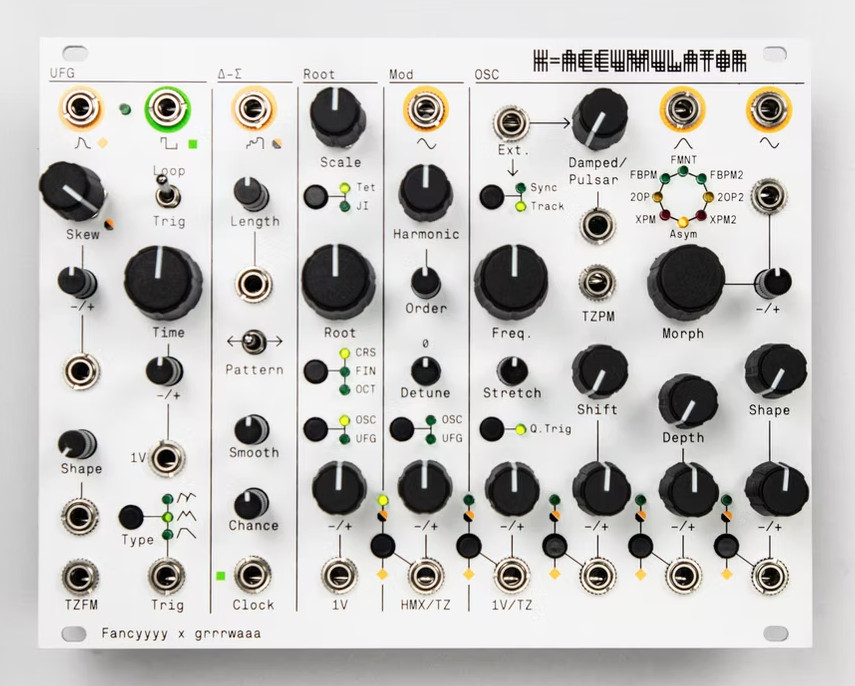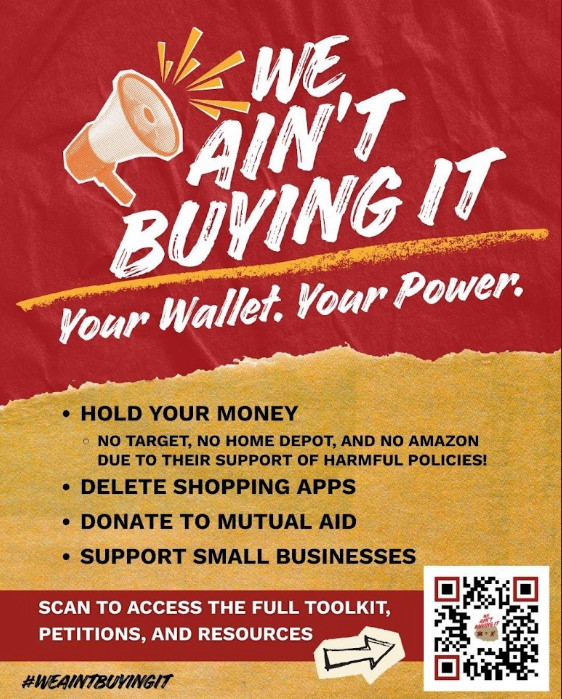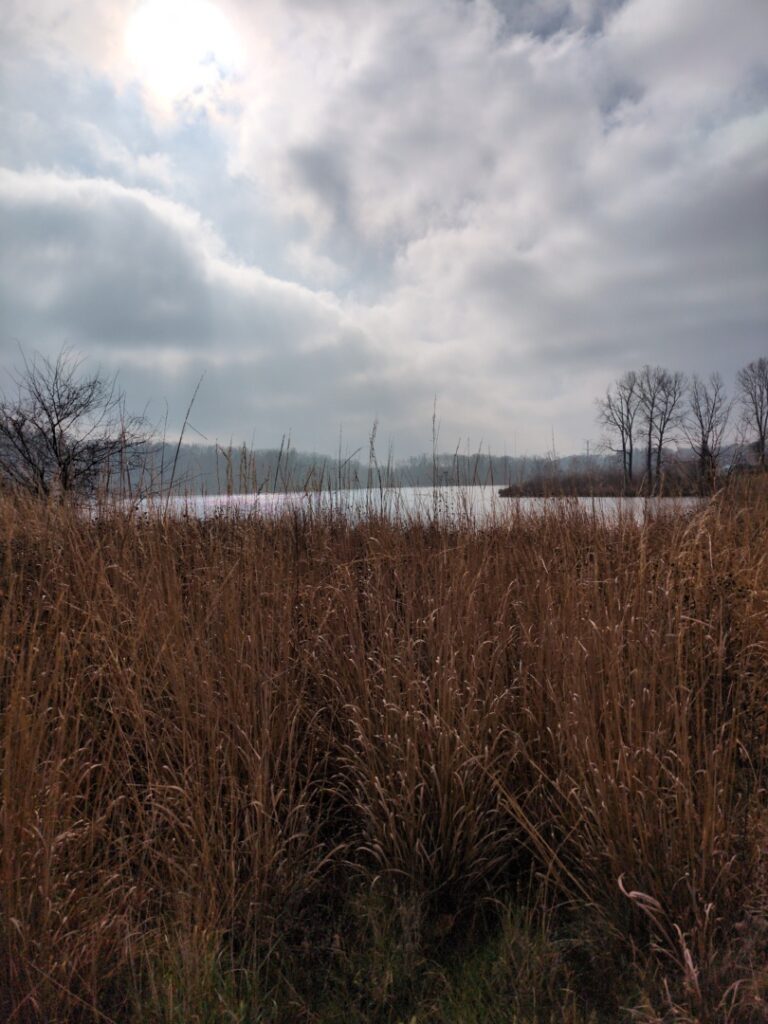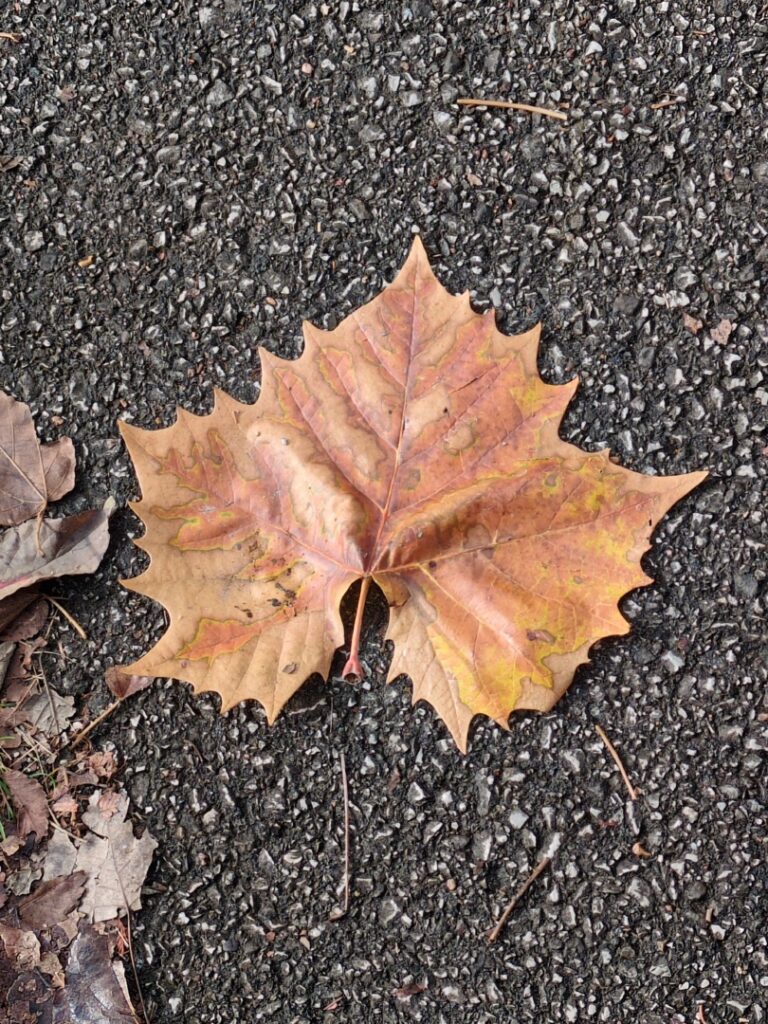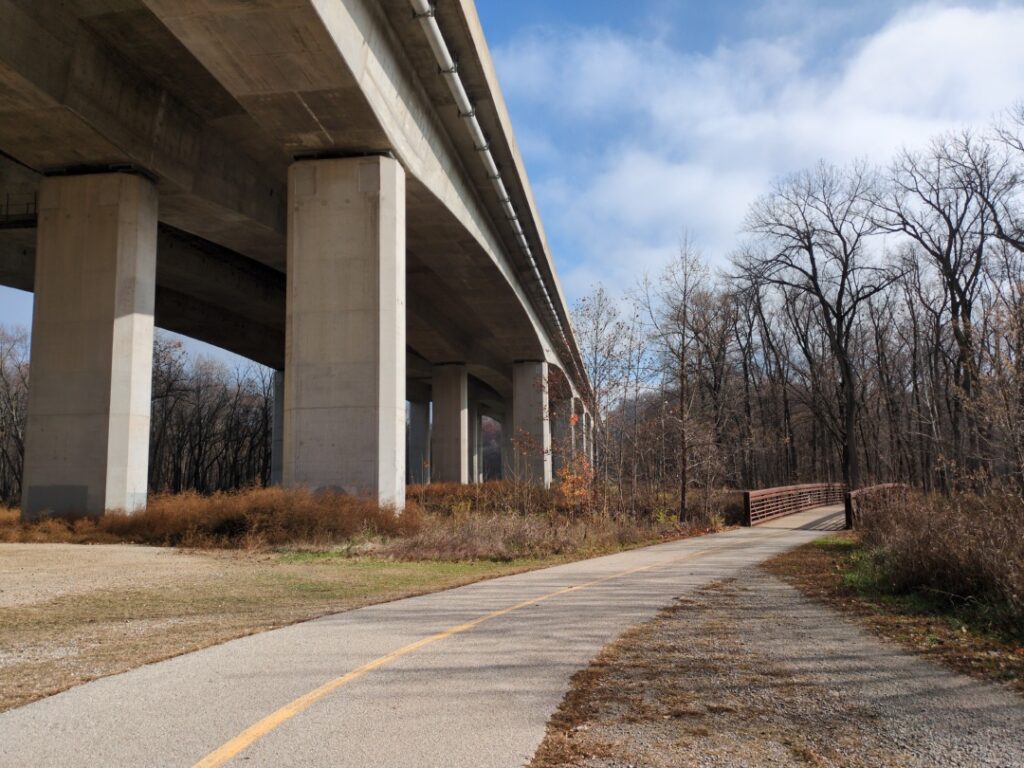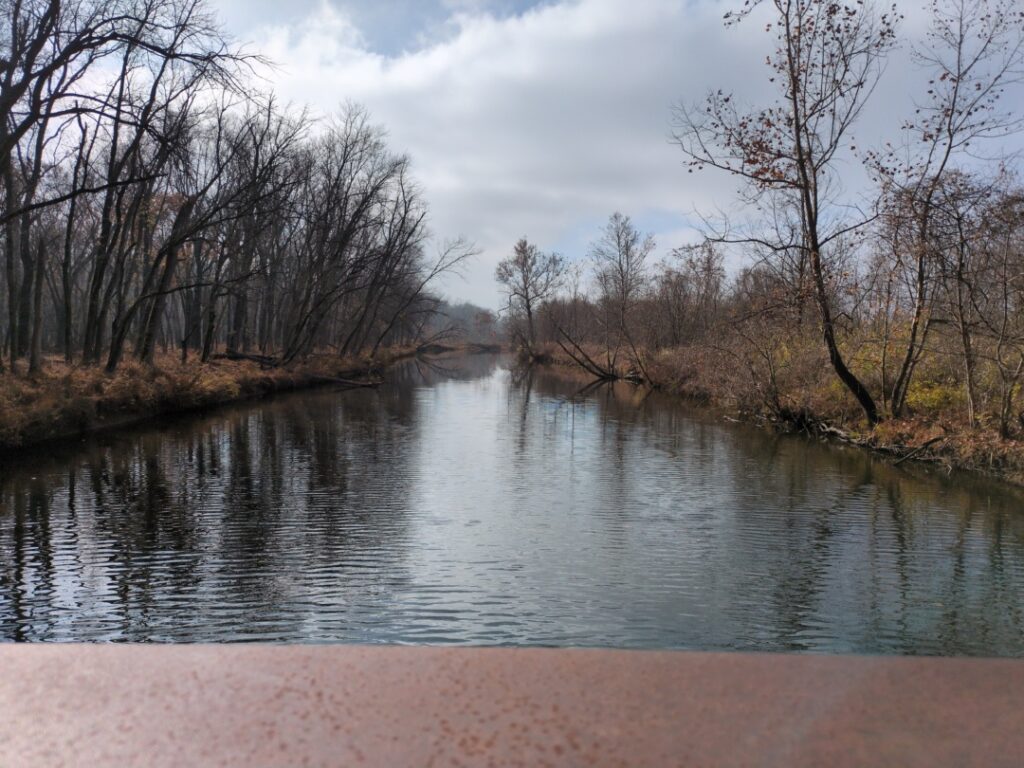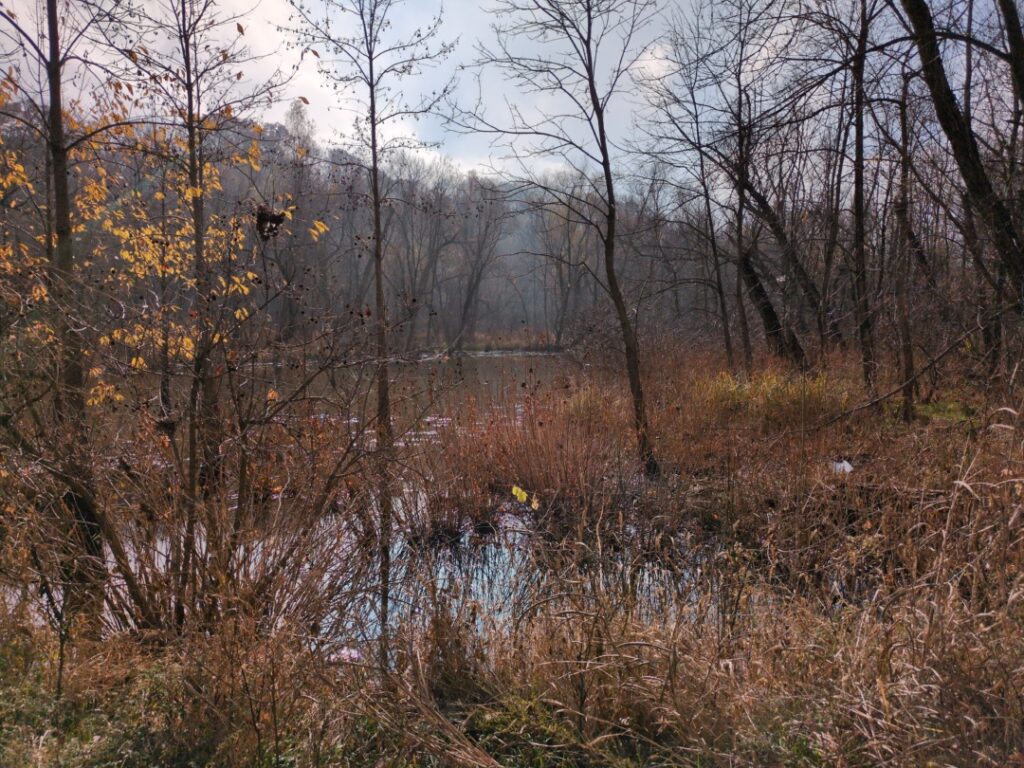So I had my appointment with the PMHNP today. I didn’t really know what to expect, but I had assumed she’d be doing talk therapy. Nope! She’s basically managing stuff as a specialist — medications and treatment overall, and is a point of contact for me if I need extra help. But she’s going to assign me someone else for therapy.
Aside from that, I thought she was nice, friendly, and experienced. I did ask her if she had any thoughts about biofeedback devices and she said it’s not really something she has looked into, but some of her patients use them to good effect. That’ll be something more to talk to the therapist about, apparently.
The probably bad news is that my insurance company, UHC (the fuckers) is stalled in negotiation with SSM Health, who has one of the biggest networks in Missouri and Illinois. SSM said UHC has been underpaying for years and raking in profits and they, a nonprofit, can’t absorb any more costs and really need 14% more from UHC. UHC claims, with an apparent lack of self-awareness, that SSM is greedy. This is the company whose CEO was murdered and the killer became a folk hero. If they don’t hash this out by January 1, UHC is not going to cover any SSM physicians. Which means, my endocrinologist that I like so much, and my primary care doc who I also like fairly well and was supposed to see in mid-January for the follow-up on Lexapro.
At least the NP now will handle that follow-up instead, so I won’t be screwed over. I really need to make sure I’m going to have continuity with my diabetes meds though…
Fancyyyyy announced yesterday that they’re taking deposits for the second batch of K-Accumulator, and I threw money immediately. A couple hours later I watched their new video, on the pulsar synthesis features (touching on the UFG and Delta-Sigma and pitch control sections a bit), and it’s even more impressive. That batch is expected to ship in February. ::rubs hands together::
I decided to ditch my Vindicator in GW2 and start up a Druid (which is a specialty of Rangers in this game). So far, she plays more like a thief with a giant scorpion pet, with dual daggers and a shortbow. But it’s nice to do something a little different in the game, even if “different” is “the same content I’ve already done several times but in a slightly different way”.
I also picked up A Game About Feeding A Black Hole. Yes, that’s the name of the game. It’s almost a Cookie Clicker sort of thing, except that you do swoop the mouse around to break up asteroids, planets, comets and stars so the debris falls into the black hole you’re nurturing. The review at Rock Paper Shotgun said it was “surprisingly tranquil,” but it’s still pretty active and fast-paced, if a bit meditative.

